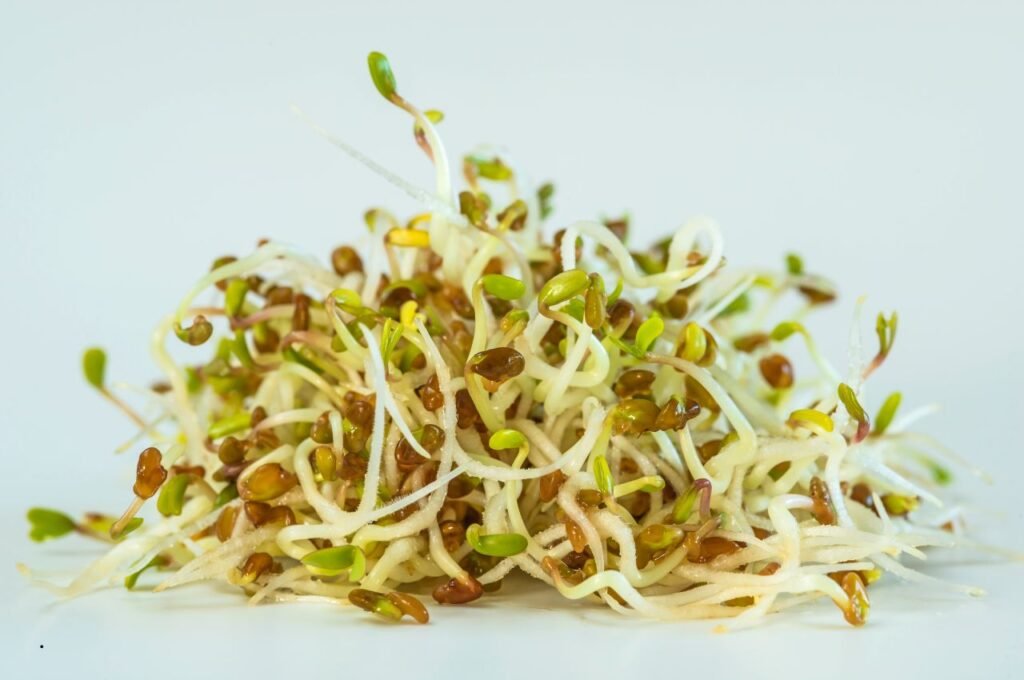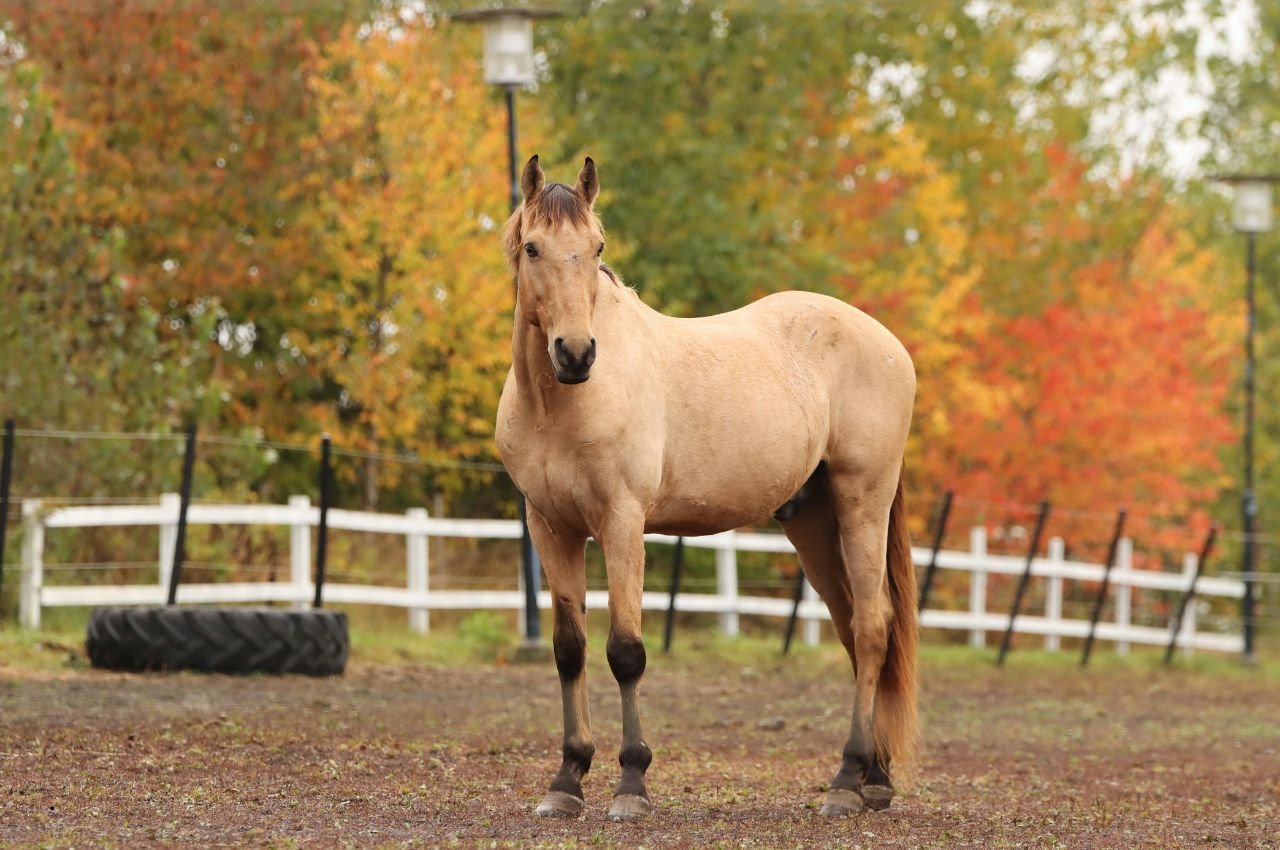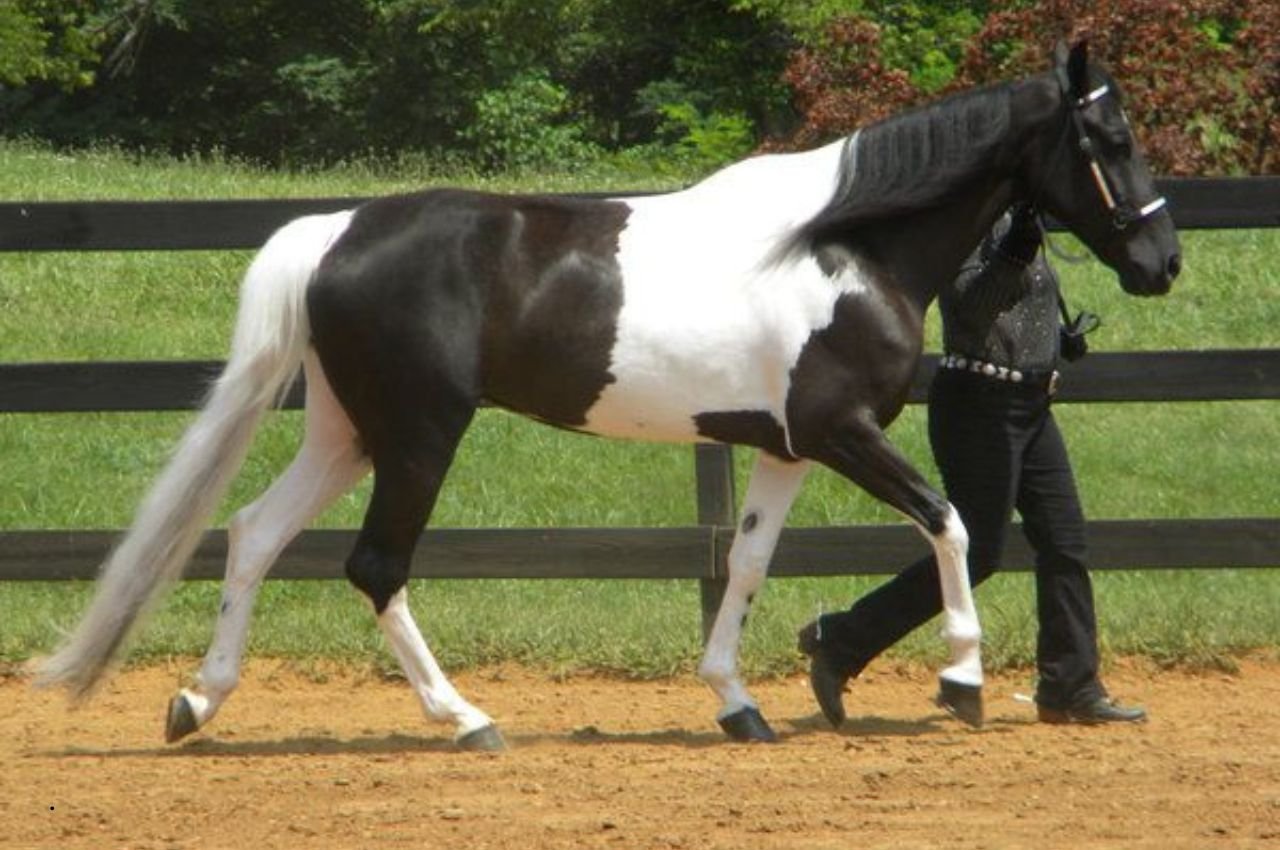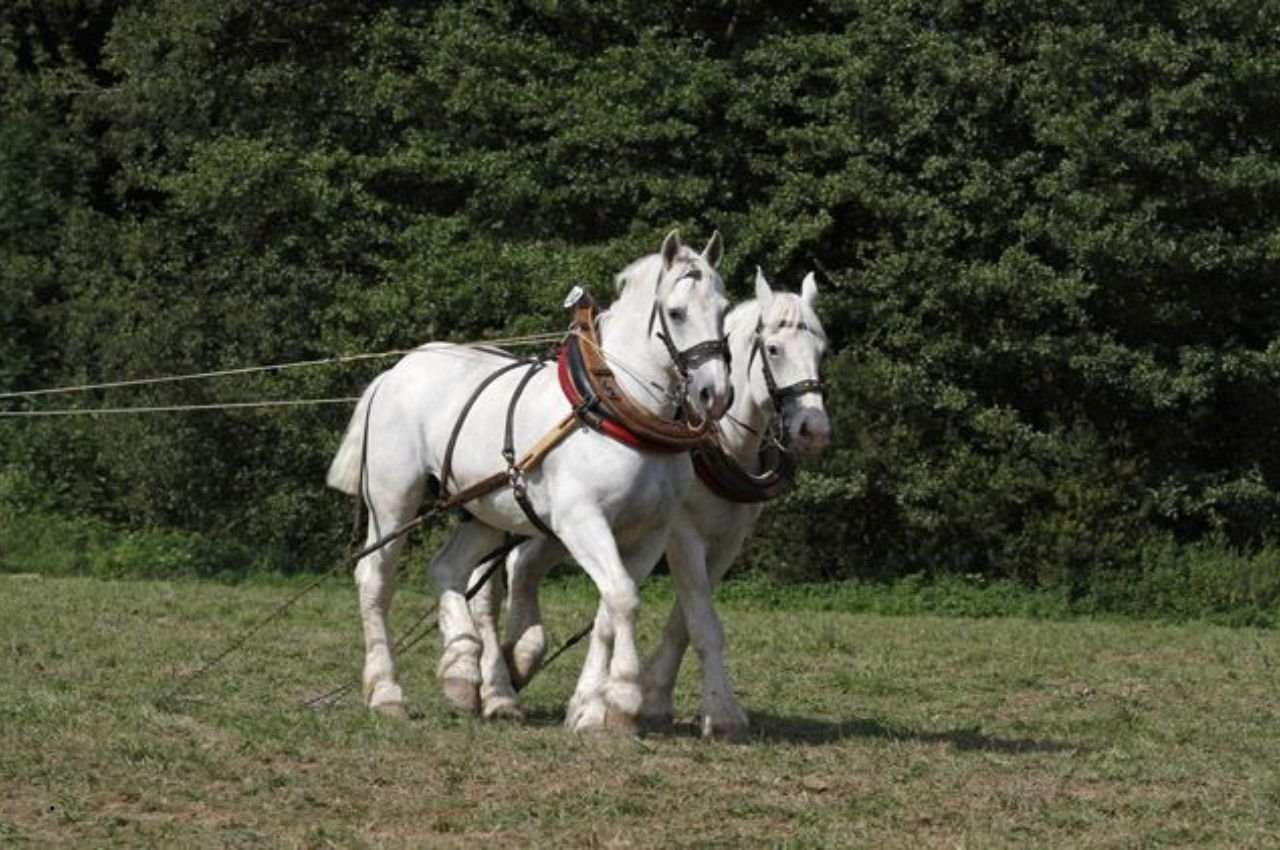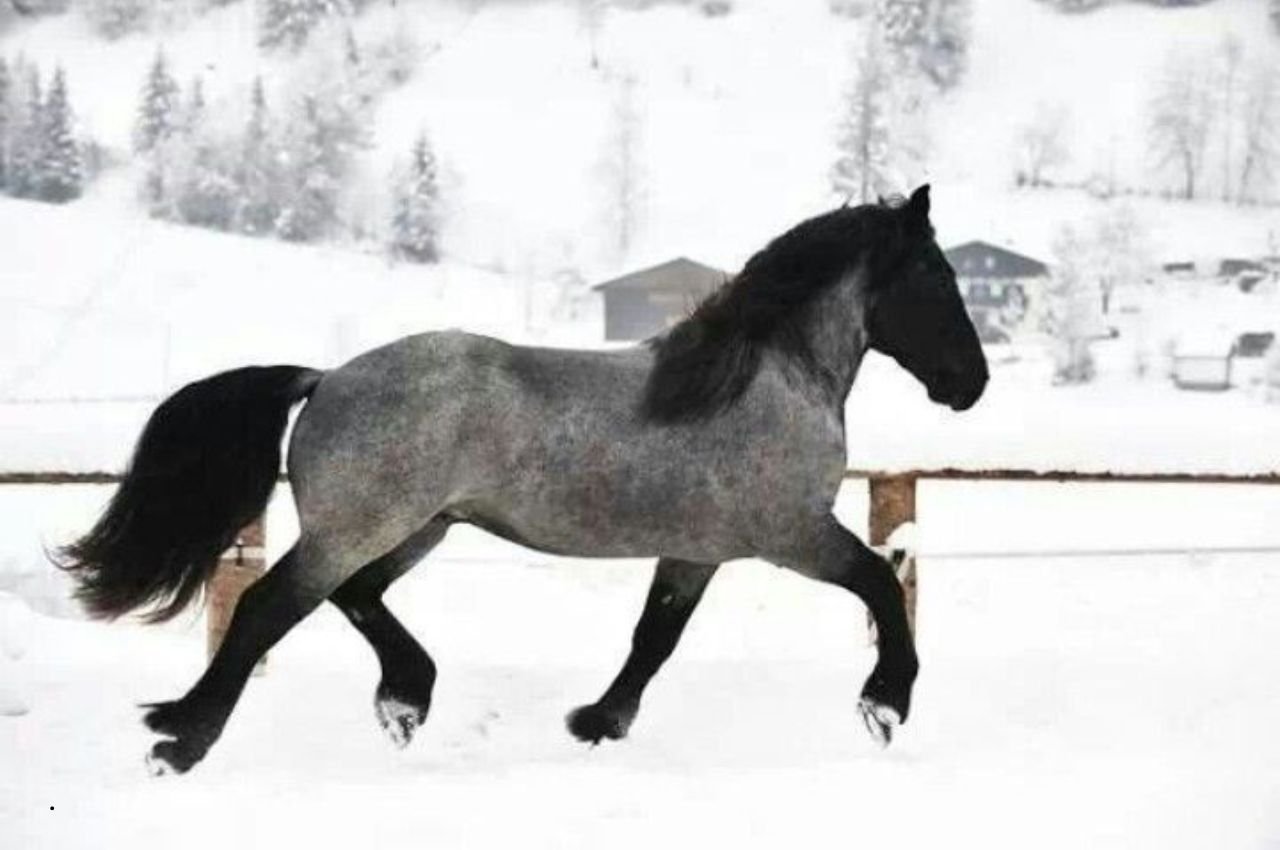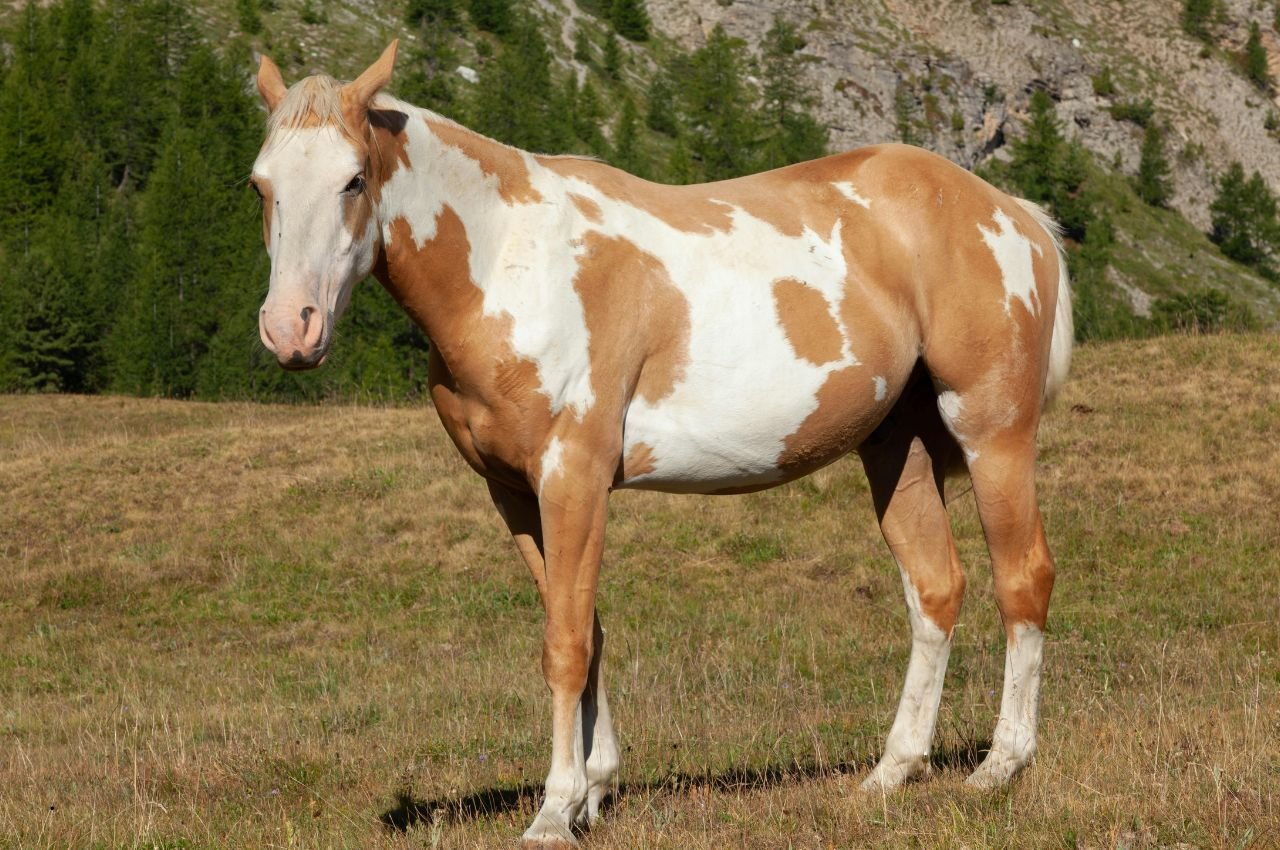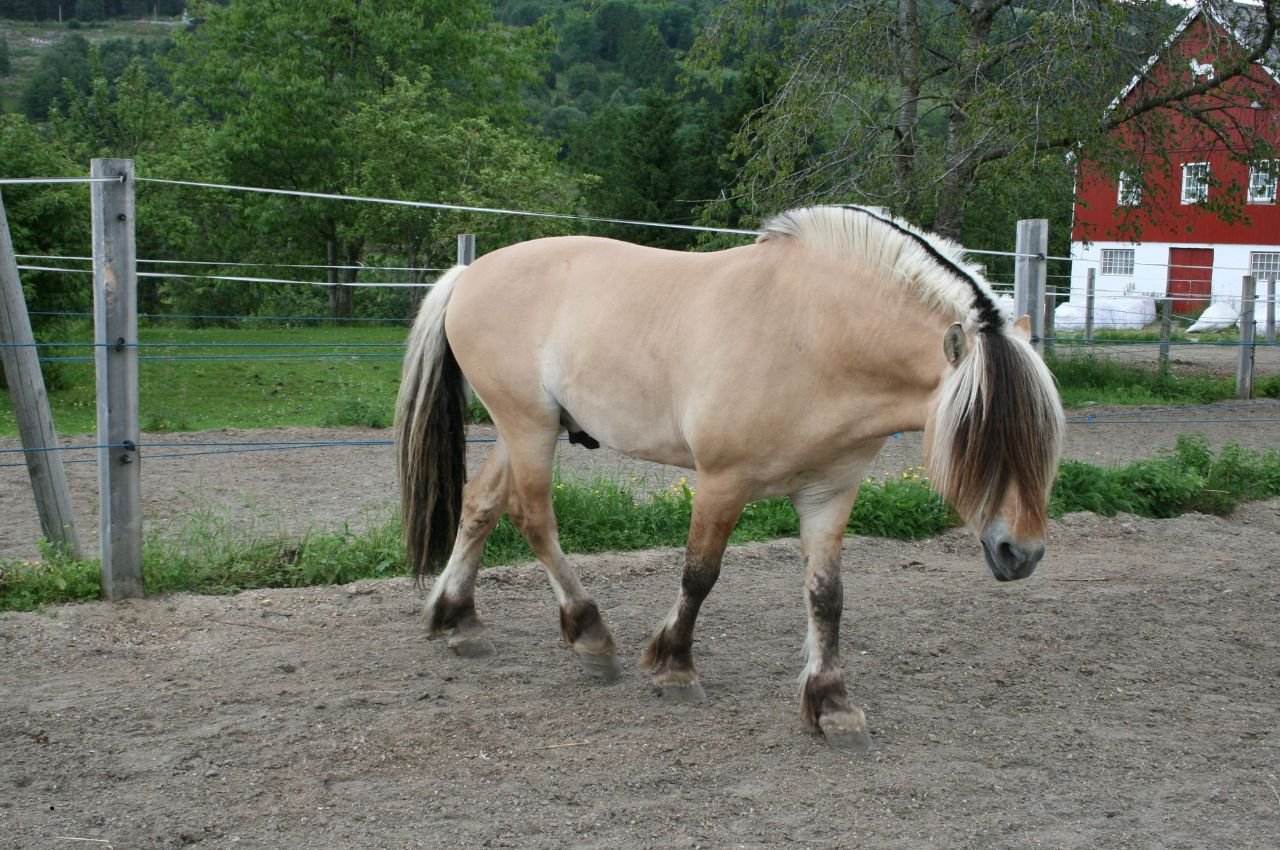When it comes to feeding your horse alfalfa, there are several forms to choose from—hay, cubes, or pellets. Alfalfa cubes and pellets are two of the most popular processed options, offering convenience and nutritional value. But which one is better for your horse?
Let’s dive into the differences, pros, cons, and key considerations when choosing between alfalfa cubes and pellets.
🔍 What Are Alfalfa Cubes?
Alfalfa cubes are made by compressing chopped alfalfa hay into square or rectangular blocks, typically about 1.25 to 2 inches in size. They’re designed to offer a forage-based feed that’s easy to handle and store.
Ingredients: Usually 100% alfalfa, though some brands may include timothy or other grass hays.
🔍 What Are Alfalfa Pellets?
Alfalfa pellets are finely ground alfalfa hay that’s been compressed into small, cylindrical pellets about ¼ inch in diameter. They’re commonly used as a supplement or complete feed for horses.
Ingredients: Typically pure alfalfa, though blended versions exist.
⚖️ Nutritional Comparison
| Nutrient | Alfalfa Cubes | Alfalfa Pellets |
|---|---|---|
| Crude Protein | ~15-17% | ~15-17% |
| Fiber | ~25-30% | ~25-30% |
| Moisture | ~10% | ~10% |
| Calcium | High | High |
| Digestibility | High | High |
Verdict: Nutritionally, both are nearly identical when made from the same quality alfalfa. The main difference lies in form and feeding method.
✅ Pros and Cons of Alfalfa Cubes
✅ Pros:
- Longer Chewing Time: Helps promote saliva production and digestive health.
- Less Dusty: Great for horses with respiratory issues.
- More Natural Forage Form: Mimics longer-stem fiber found in hay.
- Less Processing: Retains more of its original structure.
❌ Cons:
- Can Be Hard for Some Horses to Chew: Especially seniors or those with dental issues.
- Needs Soaking for Some Horses: To prevent choking or impaction, especially in older horses.
- Takes Up More Storage Space: Less dense than pellets.
✅ Pros and Cons of Alfalfa Pellets
✅ Pros:
- Highly Palatable: Most horses love them.
- Easy to Chew: Great for older horses or those with dental problems.
- Compact and Easy to Store: Ideal for limited space or travel.
- Easy to Mix with Other Feed: Useful in customized diets or medication.
❌ Cons:
- Fast Consumption: Less chewing means reduced saliva, which can affect digestion.
- Choking Risk: Especially if fed dry and rapidly.
- Less Natural Forage Experience: Doesn’t provide long-stem fiber like hay or cubes.
🐴 Which One Is Better for YOUR Horse?
It depends on your horse’s individual needs:
| Situation | Best Option |
|---|---|
| Senior horse with poor teeth | Pellets (soaked) |
| Horse prone to choke | Soaked cubes or pellets |
| Need to mimic hay | Cubes |
| Limited storage | Pellets |
| Mixing meds or supplements | Pellets |
| Easy feeder or picky eater | Pellets (usually more palatable) |
| Digestive health priority | Cubes (encourages more chewing) |
🧼 Soaking Tips for Safety
To reduce the risk of choke or digestive upset:
- Soak cubes or pellets for 15–30 minutes in warm water before feeding.
- Aim for a mash-like consistency for older horses.
- Soaking also helps with hydration—especially beneficial in hot weather or for picky drinkers.
🚚 Storage & Handling
| Type | Storage | Shelf Life | Portability |
|---|---|---|---|
| Cubes | Bulkier | Moderate | Moderate |
| Pellets | Compact | Longer | Easier |
Store both in a cool, dry place, and avoid moisture exposure to prevent mold.
🏁 Bottom Line
Both alfalfa cubes and alfalfa pellets are excellent forage alternatives or supplements. Neither is inherently “better,” but one may be more suitable depending on your horse’s age, health, and feeding routine.
👉 If your horse needs more chewing time and long-stem fiber, go for cubes.
👉 If you need convenience, palatability, or are feeding a senior horse—pellets may be the better choice.
Always introduce gradually, monitor hydration, and consult your vet or equine nutritionist for personalized advice.

